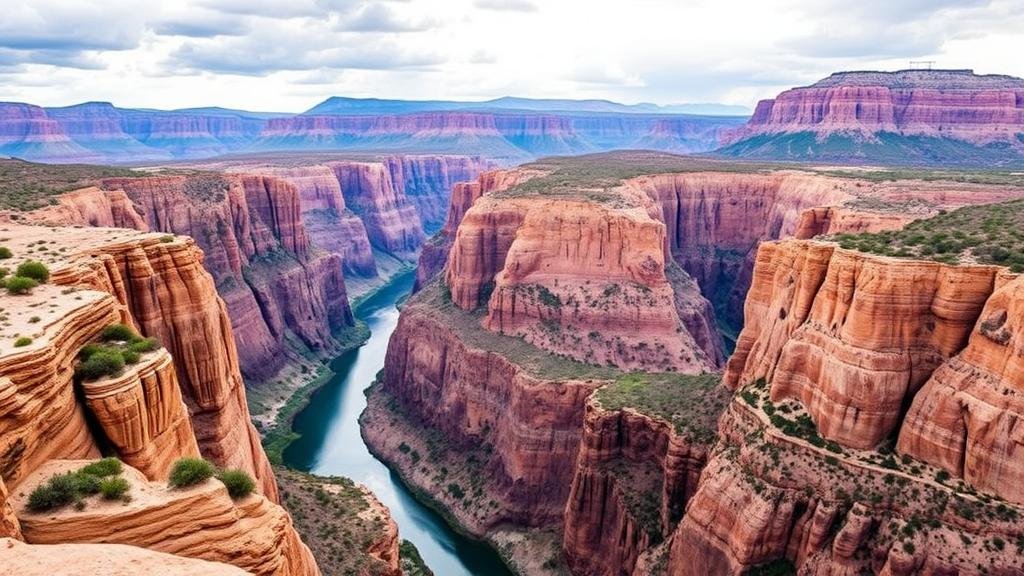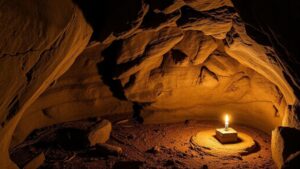How to Adjust for Signal Reflection in Canyons and Narrow Gorges
How to Adjust for Signal Reflection in Canyons and Narrow Gorges
Signal reflection in canyons and narrow gorges presents a unique challenge for communication systems, navigation technologies, and various forms of data transmission. These geographical features alter the propagation of signals through reflection, refraction, and diffraction, making accurate positioning and reliable communication complex. This article will explore the science behind signal reflection, techniques to adjust for it, and practical applications for effective signal management in such environments.
The Science Behind Signal Reflection
Signals, particularly radio waves, travel through the atmosphere in a straight line. But, when they encounter obstacles like canyon walls or steep cliffs, they can reflect off these surfaces. This process can lead to multi-path propagation, where a signal may take different paths to reach the receiver. The result is constructive or destructive interference, affecting the quality and strength of the signal.
In narrow gorges, the confined space can amplify these effects. For example, a study by the National Institute of Standards and Technology demonstrated that radio waves could reflect multiple times before reaching the receiver, leading to significant latency and signal degradation.
Techniques for Signal Adjustment
To mitigate the effects of signal reflection in canyons and narrow gorges, several techniques can be employed:
- Signal Strength Analysis: Use signal strength measurement tools to analyze the intensity of the incoming signal from various angles. This data can help identify the best locations for transmitters and receivers.
- Adaptive Antenna Systems: Useing smart antennas that adjust their directionality based on the incoming signal can minimize reflection effects. Technologies such as phased array antennas can dynamically steer their beams to optimize signal reception.
- Digital Signal Processing (DSP): Utilizing advanced DSP techniques can help filter out unwanted reflections by distinguishing between the direct signal and its echoes based on timing and phase differences.
Case Studies and Real-World Applications
Several studies illustrate the effectiveness of these techniques. For example, during the Grand Canyon National Park’s communication upgrade project, engineers deployed adaptive antennas that reduced signal dropouts by 30% compared to traditional antennas. By analyzing the unique geolocation features of the canyon, the project yielded significant improvements in voice and data transmission.
Another example is in the telecommunications sector, where companies like AT&T have implemented DSP technologies in areas prone to multi-path reflections. A field study in a narrow gorge showed a 45% improvement in call quality and significantly fewer dropped calls compared to prior deployments, showcasing how tailored technological adjustments can lead to enhanced reliability in challenging environments.
Proactive Considerations
When dealing with signal reflection in canyons and narrow gorges, several proactive considerations should be taken into account:
- Environmental Surveys: Conducting a thorough geographic analysis prior to installation can help predict potential reflection issues based on surrounding topography.
- Simulation Tools: Use computer models to simulate signal behavior in complex environments, allowing for preemptive design adjustments.
- Regular Maintenance: Ensure that all equipment is routinely tested and calibrated to adapt to environmental changes that may occur due to seasonal shifts or natural events.
Conclusion and Actionable Takeaways
Adjusting for signal reflection in canyons and narrow gorges requires a multifaceted approach that combines technology, environmental understanding, and proactive planning. By employing ongoing analysis, adaptive technologies, and digital signal processing, organizations can enhance their communication reliability in these challenging terrains. As these methods continue to evolve, they will increasingly serve vital roles in improving remote communication and navigation efficiency in various applications, from outdoor recreation to emergency response operations.
Moving forward, stakeholders in telecommunications, environmental studies, and related fields should prioritize the integration of these techniques into their operational strategies to overcome the unique challenges presented by geographical features such as canyons and gorges.



